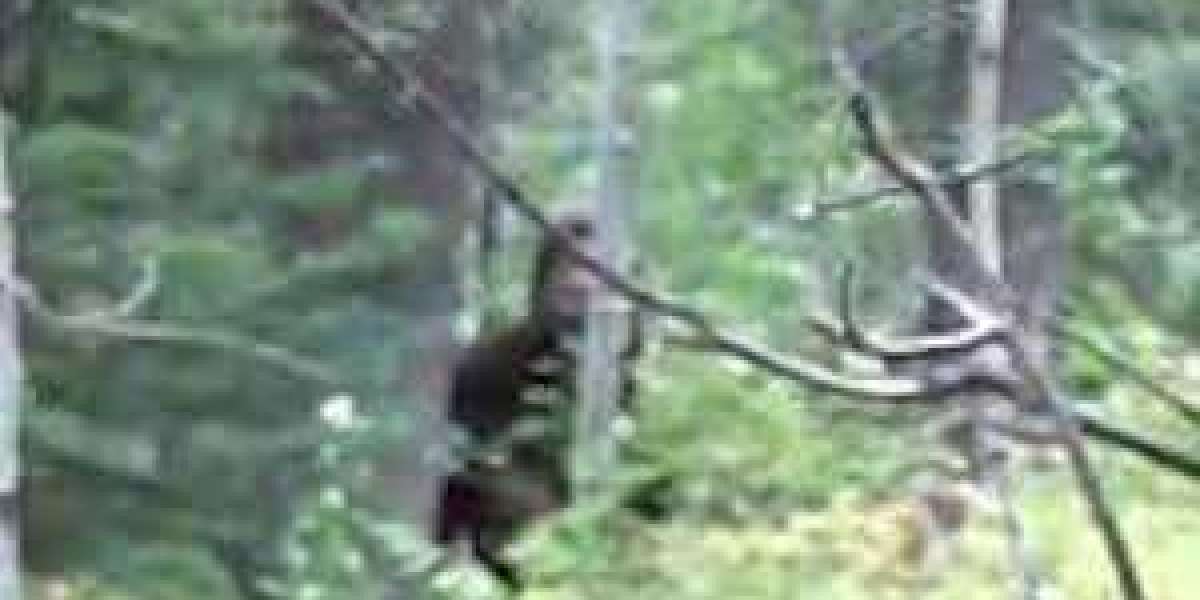The legend of Bigfoot is most commonly associated with modern sightings, blurry photographs, and plaster casts of enormous footprints, but its roots run far deeper into the soil of ancient history—particularly in Native American culture. For centuries, long before settlers ever coined the term “Bigfoot,” Indigenous tribes across North America had their own stories, beliefs, and names for a mysterious, hairy, bipedal creature that roamed the forests and mountains. These beings were not simply cryptids to the Native peoples; they were powerful symbols, spiritual entities, and warnings from the wilderness. Understanding the wide range of Native American Bigfoot names reveals not only how widespread belief in this creature was but also how each tribe saw it in different, culturally unique ways. The idea of a forest-dwelling humanoid was deeply embedded in their cosmology, myths, and oral traditions. Today, many of those traditional names are still remembered, passed down through generations, and increasingly studied by researchers trying to trace the origins of the Native American Bigfoot names phenomenon.
Among the most well-known Native names is “Sasquatch,” often mistakenly thought to be a general term, but actually originating from the Coast Salish people of the Pacific Northwest. The word comes from “Sésquac,” which translates to “wild man” or “hairy man.” Far from being a mere beast, the Sésquac was often seen as a guardian of the forest, a spiritual entity that watched over nature and punished those who disrespected it. This concept of Bigfoot as a spiritual or supernatural being rather than a mere animal is common among many Native American stories.
In the forests of Northern California, the Hoopa and Yurok tribes speak of a creature called Omah or Omah’, a large, bipedal figure that dwells deep in the woods and avoids human contact. According to tribal elders, the Omah is not to be feared but respected. It represents balance in nature and appears when something is out of harmony. Some even believe that the Omah can shift between physical and spiritual realms, further elevating its status beyond that of a simple animal.
The Lakota Sioux use the term Chiye-tanka, which translates to “Big Elder Brother.” This name carries a familial and respectful tone, showing the tribe’s belief that the creature is not just a legend but a relative of humans—older, wiser, and more connected to nature. The Chiye-tanka was seen as a teacher and sometimes a protector, appearing to those who needed guidance or who had strayed too far from the natural way of living.
The Navajo, known for their rich spiritual traditions and deep connection to the land, tell of beings similar to Bigfoot, but often shrouded in more mystical or ominous themes. Though not a direct name for Bigfoot, the Navajo speak of Skinwalkers—shapeshifting beings that can take the form of animals or other humans. While different in nature, some stories overlap with Bigfoot-like creatures, especially when describing large, hairy, human-like figures in the remote canyons and mountains of the Southwest.
Among the Hopi people, there are tales of the Tuutunikwi, sometimes referred to as the “Old Ones” who walked like men but were covered in hair. These beings are said to have inhabited the land before humans and retreated into the mountains or underground as people expanded their territories. They were not seen as evil but as ancient and sacred, not to be disturbed.
In the forests of the Northeast, the Algonquin tribes, including the Abenaki and Mi'kmaq, have their own version of the wild man called Wendigo. While not a direct analog to Bigfoot, the Wendigo shares several physical and behavioral similarities. Often associated with winter, starvation, and madness, the Wendigo is a cautionary figure, warning against greed, isolation, and losing one’s humanity. However, in some lesser-known Algonquin tales, there are forest giants—benevolent and hairy—that are closer to the Bigfoot archetype, reminding us that even within one culture, many interpretations can coexist.
The Iroquois people, who inhabit regions of modern-day New York and parts of Canada, speak of the Stone Giants, known as Ge-no-sqwa. These beings were huge, covered in stone-like armor or hair, and feared by many. They were often considered enemies of humans, and stories depict them as warriors or even cannibals. However, like many myths, some versions soften their role, portraying them as cautionary spirits or ancient protectors of sacred lands.
In Alaska, the Tlingit people have legends of the Kushtaka, shape-shifting creatures that can appear as men or animals. While typically associated with otters, some stories describe them transforming into large, hairy man-beasts to deceive or lead travelers astray. While the Kushtaka differs in many ways from Bigfoot, the overlap in large, wild, and elusive humanoid figures ties into the broader Native understanding of forest spirits and creatures.
The Salish, who gave us the word Sasquatch, also have another name for a similar creature: Skanicum. Stories of the Skanicum describe a solitary, hair-covered being with immense strength and a deep connection to the wilderness. It’s said to emit a powerful odor and is most often seen near rivers and mountain passes. Some tribes believed that the Skanicum could speak a primitive language or even communicate with chosen individuals through dreams or visions.
In the Great Lakes region, the Ojibwe people speak of the Bagwajiwinini, or “Wild Man of the Woods.” Unlike the monstrous or ghostly versions from other regions, the Bagwajiwinini is more human-like, though still covered in hair and immensely strong. Some elders describe it as a protector of the forests, warning hunters and wanderers not to overtake what nature provides.
What’s notable across all these Native American accounts is that Bigfoot is rarely just an animal. In these cultures, it is often a being of power—sometimes spiritual, sometimes physical, but always mysterious. It serves as a reminder of nature’s strength, mystery, and the boundaries humans should not cross. The creature is sometimes feared, sometimes revered, but always respected. These ancient names and stories reveal a profound truth: the figure we now call Bigfoot is not new, nor is it simply a figment of modern folklore. It is an ancient, powerful archetype that has walked alongside humanity in myth and memory for millennia.
The diversity of Native American Bigfoot names gives us a broader, richer context in which to place this global mystery. Whether known as Sésquac, Omah, Chiye-tanka, or Bagwajiwinini, the wild man of the woods has been watching from the shadows long before cameras and castings tried to capture its essence. And perhaps that’s the greatest mystery of all—not whether it exists in the physical world, but why it has remained such a powerful presence in our collective imagination.
Search
Popular Posts







